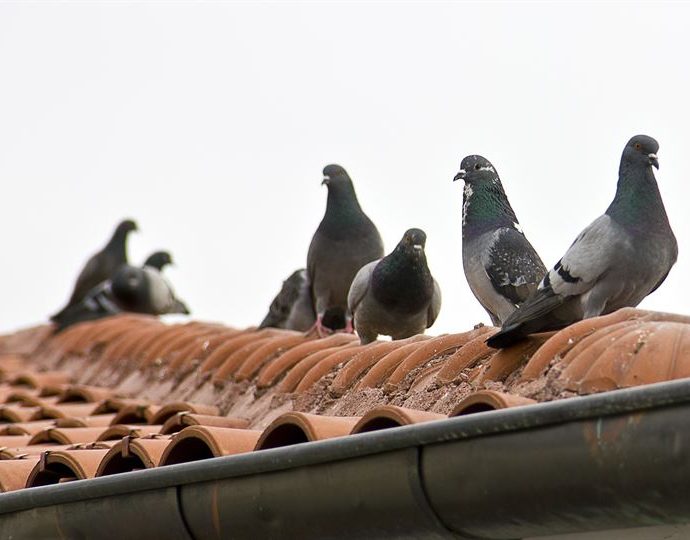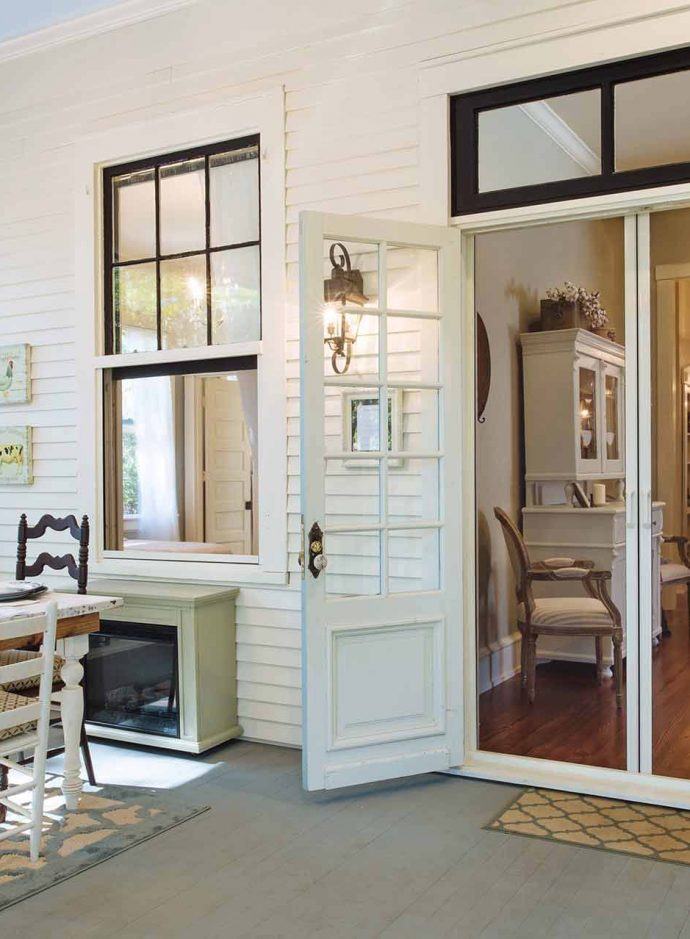When it comes to enhancing the aesthetics and functionality of your garden, few structures make as significant an impact as a pergola.
These versatile outdoor features not only add visual interest but also provide practical benefits, from creating shaded areas to supporting climbing plants.
Leading garden design experts and specialists in artificial grass Essex, Luux Landscapes believes that incorporating a pergola into your garden design can transform your outdoor space into a haven of beauty and relaxation.
In this blog post, we’ll explore the benefits of pergolas, how to grow plants around them, and ways to integrate artificial grass into your design.
Benefits of Pergolas in Garden Design
Aesthetic Appeal: Pergolas add an architectural element that can enhance the visual appeal of any garden. With their open framework, they create a sense of depth and dimension, making your outdoor space feel more structured and complete.
Shade and Comfort: One of the primary functions of a pergola is to provide shade. While it doesn’t offer complete coverage, the slatted roof allows for filtered sunlight, making it an ideal spot to relax without being directly exposed to harsh rays.
Outdoor Living Space: A pergola can effectively extend your living space outdoors, providing a perfect area for dining, lounging, or entertaining guests. Adding comfortable furniture and lighting can make it a cosy retreat.
Support for Climbing Plants: Pergolas are perfect for supporting climbing plants such as wisteria, ivy, or roses. These plants can create a natural canopy over time, enhancing the beauty and privacy of your garden.
Property Value: Well-designed outdoor structures like pergolas can increase the value of your property. They add a desirable feature that appeals to potential buyers looking for attractive and functional outdoor spaces.
Growing Plants Around Your Pergola
Incorporating plants into your pergola design can create a lush, green canopy and add vibrant colours to your garden. Here are some tips for selecting and growing plants around your pergola:
Choosing the Right Plants
– Climbers and Vines: Consider plants like wisteria, clematis, jasmine and climbing roses. These plants are perfect for wrapping around the beams and columns of your pergola, creating a beautiful, natural roof.
– Hanging Plants: For added greenery and floral beauty, hanging baskets filled with trailing plants such as petunias, fuchsias, or lobelias can be suspended from the pergola’s beams.
Planting Tips
– Soil Preparation: Ensure the soil around your pergola is well-draining and rich in nutrients. Adding compost or organic matter can improve soil quality and support healthy plant growth.
– Positioning: Plant your climbers at the base of the pergola’s columns. As they grow, gently train them to climb the structure by securing them with garden ties or clips.
Maintenance
– Pruning: Regular pruning is essential to keep your climbing plants healthy and to encourage more blooms. Prune away any dead or overgrown branches to maintain a neat appearance.
– Watering: Keep the soil consistently moist, especially during dry spells. However, be careful not to overwater, as this can lead to root rot.
Incorporating Artificial Grass into Your Pergola Design
Artificial grass is a practical and aesthetic solution for garden areas, especially under a pergola where natural grass may struggle to grow due to shade. Here’s how to incorporate artificial grass into your pergola design:
Benefits of Artificial Grass
– Low Maintenance: Unlike natural grass, artificial turf doesn’t require mowing, watering, or fertilising. This makes it a perfect choice for busy homeowners looking for a beautiful, hassle-free lawn.
– Durability: Artificial grass can withstand heavy foot traffic and harsh weather conditions, maintaining its lush green appearance year-round.
– Eco-Friendly: By eliminating the need for water and pesticides, artificial grass is an environmentally friendly option that conserves resources.
Design Ideas
– Ground Cover: Lay artificial grass directly under the pergola to create a soft, green surface that contrasts beautifully with the wooden or metal structure. This can make the space feel more inviting and comfortable for barefoot lounging.
– Pathways and Borders: Use artificial grass to create pathways leading to the pergola or to define the borders of your garden beds. This can help integrate the pergola seamlessly into the overall landscape design.
– Combined Materials: Mix artificial grass with other materials such as stone, gravel, or decking to create a dynamic and visually appealing garden space. For instance, an artificial grass carpet under the pergola paired with a surrounding stone patio can create a stunning outdoor area.




